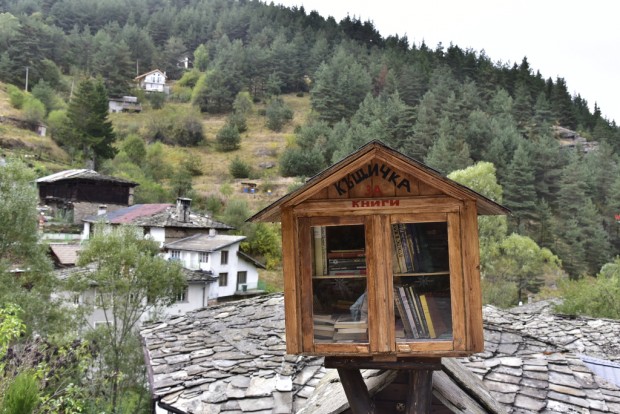Sitovo is located in a mountainous area at 1303 meters above sea level. This village is one of the most beautiful Rhodope villages. It is unique in its nature. Near the village there is a spring with cold and healing water. Officially, its population consists of 74 inhabitants.
History
The history of this village dates back more than 2 millennia. During the Odrysian kingdom, Thracians from the Bessi tribe (one of the most militant Thracian tribes) settled here, who used the hard-to-reach rock formations in Stutt for fortresses. north in the direction of Plovdiv).
Even before Plovdiv was created, a sedentary life was lived in this place. This is evidenced by the so-called Sitovo inscription. During the Middle Ages (after the formation of the Bulgarian state 7-14 century) the village falls within the borders of Bulgaria and often within the borders of Byzantium. During the Ottoman slavery Sitovo experienced not one but two difficult moments. It is believed that the village, although difficult to access, was conquered around 1392-1394. Perhaps the most difficult and devastating period of slavery, these are the attempts to convert the village to Islam.
As in other Rhodope villages, the conversion to Islam took place in the period 1666-1667. Those who refused to change their faith were slaughtered, and those who managed to hide on Bash Mandra, Barchinata, Beh Tepe, White Stone, Korya and in the forest in general, retain the Christian image of the village to this day. Sitovo Bulgarian-Mohammedans were deported in 1882 for the assassination of the “Armaz priest” during the April Uprising.
Mehmed Pasha had a pistol and rode a nice mare. As he raced through the Sith area, he fired a pistol. When asked what these thunders were, he replied that it was the chattering of his mare’s petals. During the April Uprising he was the first to be killed in the village, the Pomaks cut him to pieces and during the night the Christians gathered him in a rug and buried him. During the Second World War the village had many partisans and gangs, one of which was Spartak – commander in a detachment Anton Ivanov.
According to memories from the period 1944-1989 the village was very strong economically. During the period 1950-1960 the village had over 850 inhabitants. In 1946 the electrification of the village began, and in 1950 it already had a new plumbing system. There is a community center on the site of the mosque (originally the mosque was the church of St. Marina, but with the arrival of the Turks the church was destroyed and the mosque was built.) In 1958 a cooperative was established. grandmothers in winter and about 300-400 inhabitants in summer.
Cultural and natural landmarks
The village is culturally developed. One of the first schools in the Rupchos district was built there as early as 1834. Sitovtsi, who studied at the Sitovo school, taught in Lilkovo, Dedovo, Boykovo, but also in villages such as Shiroka Laka and Chepelare, Hvoyna and Orehovo. In the village there are two churches of St. Petka in the center and St. Bogoroditsa on top of the village. The first was built in 1848, and the second a little later.
Regular events
Every year on August 15 a fair is held, the church above the village is opened and a liturgy is celebrated. A sacrifice is also made and a lamb is roasted.
–


